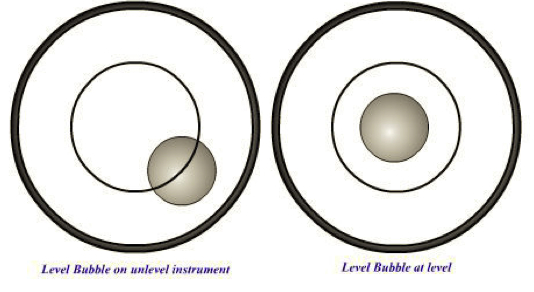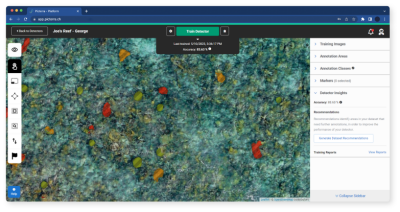I got into the measuring business as a “GPS only” service provider and carried that same business plan into laser scanning. Provide data, period. By limiting ourselves to this role, we were able to secure work with all sorts of professionals that knew our lack of staff architects, engineers, hydrologists, etc., meant that we were not competitors; just techies. As a result I’ve had the, let’s say “pleasure,” of working as a hired gun for most every type of professional that has ever used a coordinate file.
This wealth of experience has lead to some interesting contracts. Not the least of which was a request to write a “Fool-Proof” methodology for laser scanning of architectural environments. I can hear many of you laughing already, but it seemed like a good idea at the time. After all, scanning is the easiest part, the real difficulty is in the data processing, right!?
I decided to take a rigorous scientific approach. I went home and scanned my house inside and out making notes of everything I did. I then compiled them chronologically and had a handy 15 page field guide. Simple, effective and concise. Being a true scientist, I repeated the survey using only the field guide and making notes any time I had to perform a task that was not in the manual. Back to the office and we now had a 20 page field guide. Later that day I received a phone call from a colleague that was having some trouble and as I tried to talk him through the problem I referenced my new manual. I soon realized my verbal directions were a bit lacking and that images were needed if I was to truly “foolproof” my manual. So, screenshots of different commands, diagrams of target placement strategies and several more images of point clouds and I now had a 45 page scanning manual.
Soon it was time to send her out into the world. I promised smooth sailing to my client and assured him that I would be on call 24/7 if there were any questions. Off they went to collect data and the first call I received stated that they were done and ready for me to register their data. I took a look and my heart sank. From the images I could see that the floor and bottom third of the walls were black marble. After explaining the issues of laser reflectivity and absorption to my client I began Field Manual Version 2 with an introduction covering said topics and sent it along to my client with more assurances and instructions to burn Version 1.
Soon I get another call, job number two is on the FTP site and ready for registration. “It was a very simple rectangular shaped interior space, no problems at all,” they said. As it turns out, this simple room was being used as hair salon with floor to ceiling mirrors running the length of the room on opposing walls. Remembering it makes my head hurt.
We kept repeating this process of closing the barn door after the horses had escaped until my simple manual ballooned to more than 100 pages of more information than any “fool” can be expected to remember. In fact, by the time a field operative learned the manual he didn’t need one anymore! So, there has to be a lesson in this somewhere, right!?
While pushing “play” to start scanning is easy enough, it takes a lot more problem solving to capture usable data than most architects, engineers, asset owners, and scanner manufacturers would have you believe. Scanning is a lot easier than it used to be. Just ask anyone that learned with a Cyrax and a 40⁰ x 40⁰ scan window. But it still requires the type of knowledge that can only be gained through experience. If there is anything that I learned from this experience it is that there is no single “Right Way” to accomplish all that is done with 3D imaging.
But, man, there sure are a lot of wrong ones.






